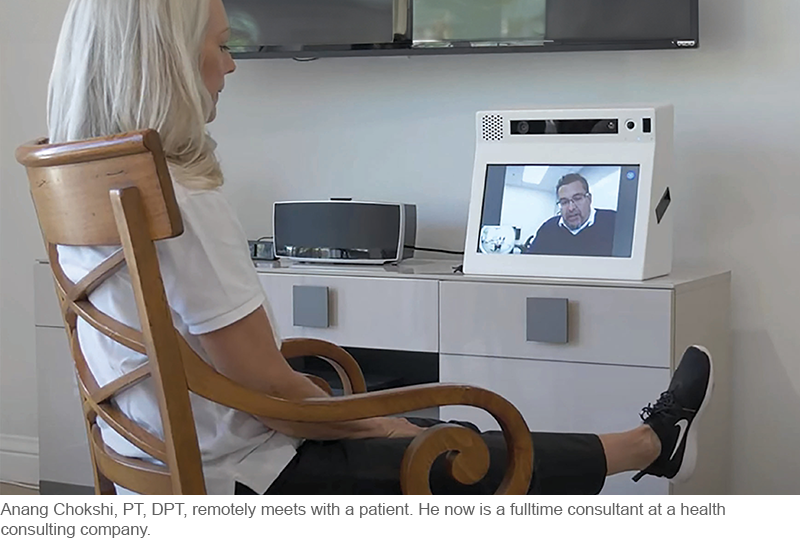
It's a common theme in the physical therapy profession. You became a PT or a PTA to help people. It's a powerful charge with a meaningful intention. And, probably, when you went to PT school, you had a vision of what "helping people" in the profession of physical therapy might look like. Perhaps it was a traditional clinical position: someone who evaluates and diagnoses patients, develops treatment plans, and monitors progress and patient adherence. All in the name of helping people regain mobility and improve their quality of life.